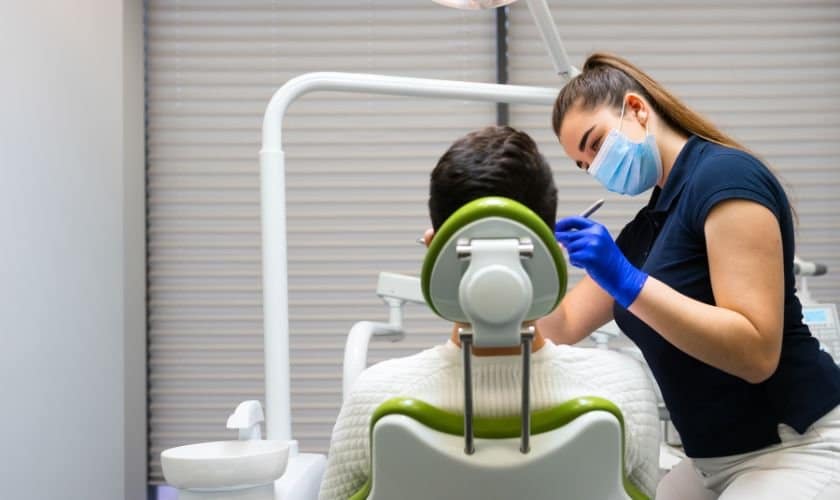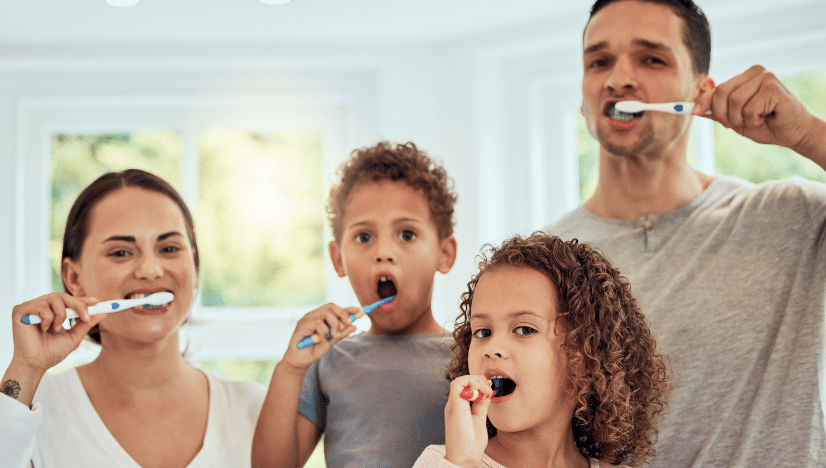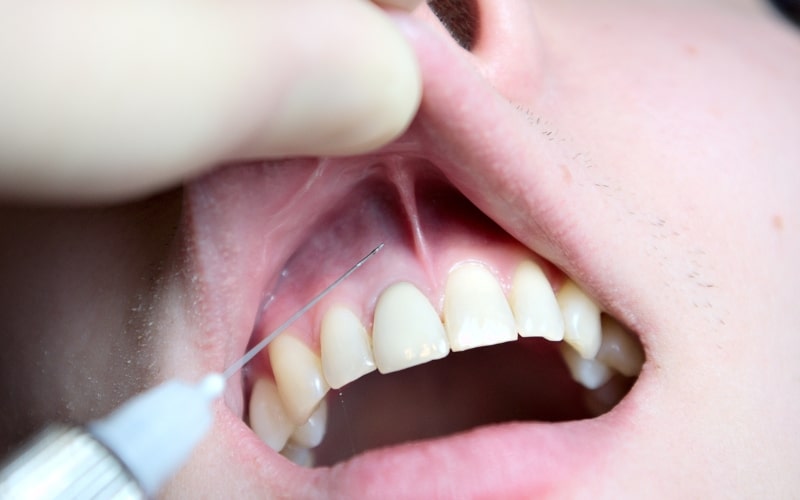27382 Calle Arroyo, San Juan Capistrano, CA, 92675

After you leave the dentist’s office with new fillings, you’re often still in pain and sensitive to hot or cold foods. The good news: there are things you can do at home to reduce your discomfort.
1. Drink Water
Drinking water is one of the best things you can do to help reduce your pain after dental fillings. Water helps to flush out bacteria from the mouth and keep it moist, which reduces swelling.
If you need help drinking enough water on your own, consider using a straw or a cup with a lid so that your breath does not dry out as much.
2. Use a Cold Pack
A cold pack is an excellent way to reduce pain after dental fillings. You can use a cold pack for about 20 minutes, up to three times a day. If you feel discomfort from the cold pack, try placing it on your hand or wrist instead of directly against your gums.
If you don’t have access to a commercial ice pack or gel-filled freezer bag that needs refreezing every hour or so (which would be ideal), fill an empty water bottle with water and freeze it until solid (this will take an hour or two). The frozen water will conform nicely to your face without shifting around too much during use; make sure not to squeeze the bottle too hard while holding it against your cheeks!
3. Apply an Ice Pack
If your mouth is sore and swollen, the best thing you can do is apply an ice pack. You can use a bag of frozen vegetables or a frozen water bottle, but be sure to place it on your face for 10 minutes every hour until the pain disappears.
4. Take Pain Medications
- To reduce your pain after dental fillings, it’s essential to use the proper medication. Over-the-counter medications like acetaminophen (Tylenol) or ibuprofen (Advil) work well for you. If not, ask your dentist about other options, such as prescription-strength NSAIDs, which include naproxen sodium and diclofenac potassium.
- Use a Topical Anesthetic as Soon As Possible After Your Procedure
You can also use topical anesthetics to numb the area before having a filling done so that when it comes time for the removal of the temporary filling material or permanent restoration, there will be minimal discomfort during this process too! The most common types include lidocaine gel, spray, or cream applied directly to the gums before surgery begins.
5. Soothe Your Jaw with Cold Milk
If you’re dealing with pain after dental fillings, it’s important to soothe your jaw. Milk is a natural pain reliever and also contains calcium, which can help strengthen your teeth and bones.
Milk is easy to find in your fridge, so there’s no excuse not to grab a glass when you’re in pain! You can drink milk or add it to tea or coffee, if that sounds better.
Takeaway:
- Pain is your body’s way of telling you something is wrong.
- Pain can be managed, avoided, and reduced.
- There are many ways to treat or relieve pain after dental fillings.
The Bottom Line
The best way to avoid pain after dental fillings is to be proactive. If you’re concerned about your oral health, make an appointment with your dentist as soon as possible. The sooner you catch any issues, the better chance they have of being treated quickly and effectively—and without causing unnecessary pain!
FAQs
1. What are dental fillings?
Dental fillings repair damaged teeth and restore them to their original shape and strength. They’re made of a strong, durable material called porcelain, which can be custom-colored to match your natural teeth.
2. How long do they last?
Dental fillings can last anywhere from 5 to 20 years, depending on the type of filling and where it is located in your mouth.





